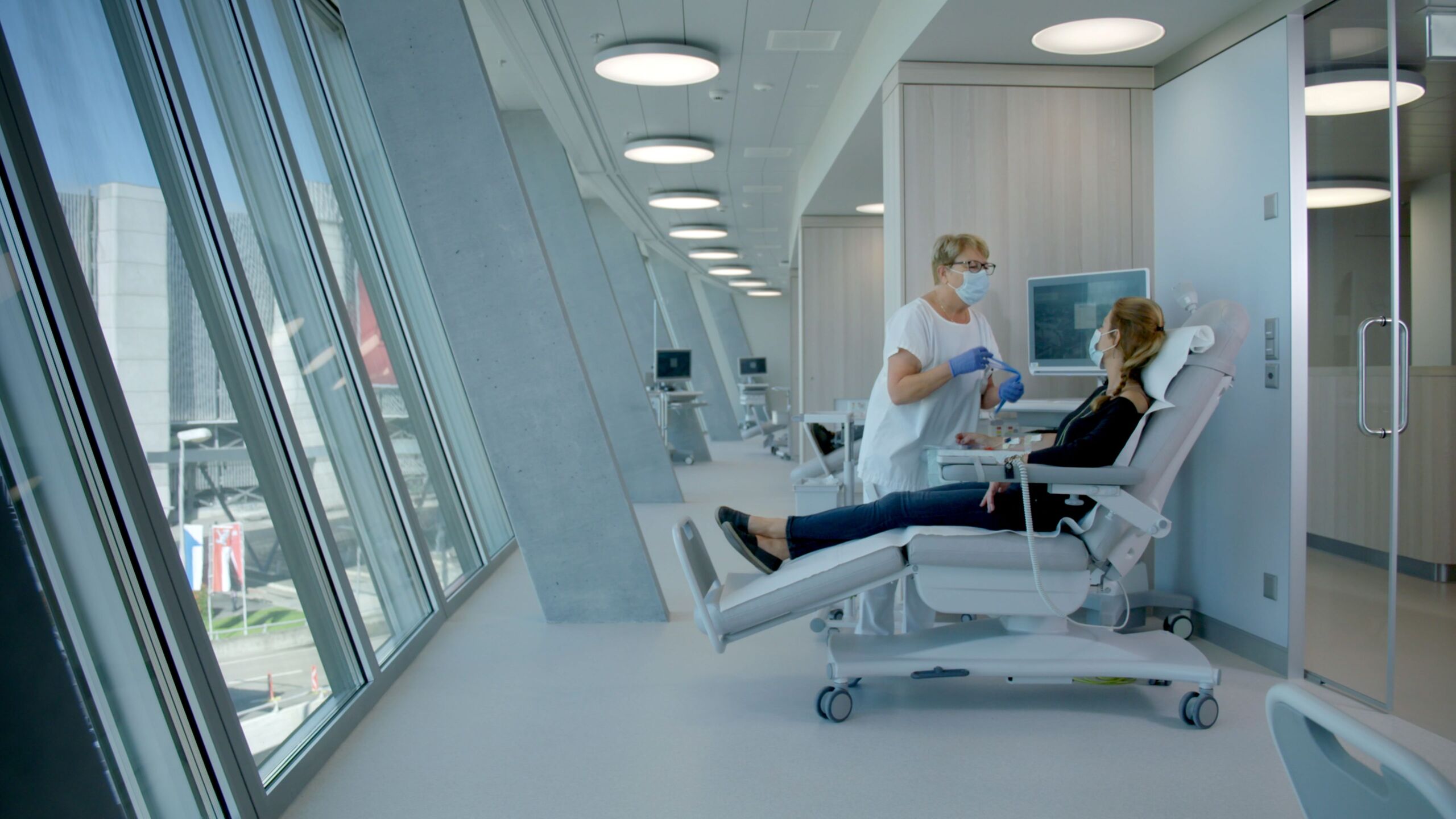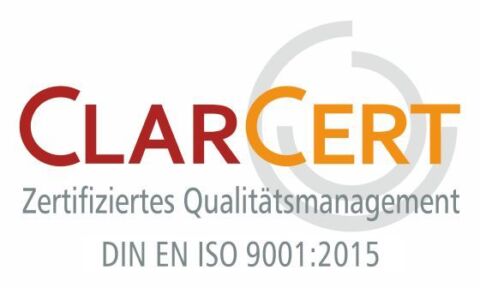Overview
In hemodialysis, the blood is brought into contact with rinsing fluid (dialysate) via a membrane. The toxins and fluid can thus be removed. The therapy must be carried out three times a week for about four hours. For most patients, this takes place in a dialysis center, but can also be organized as home haemodialysis.
Vascular access is a prerequisite for efficient hemodialysis. The best access is currently a so-called dialysis shunt (a short circuit between an artery and a vein) from the patient’s own blood vessels. A plastic container is an alternative. The least favorable option is hemodialysis via a catheter, as this has a high risk of infection and thrombosis. Since dialysis shunts need time to “mature” before they can be used (approx. six to eight weeks), such an access must be created in good time to avoid catheters.
Our clarification and treatment options

The focus of our activities is the comprehensive care of patients requiring renal replacement. If kidney function is no longer sufficient, we help to select the right dialysis procedure that best meets the patient’s needs and ensures the greatest possible independence.
Depending on the decision for hemodialysis or peritoneal dialysis/peritoneal dialysis, we will provide the appropriate training.
For chronic dialysis treatment, we have a modern dialysis unit with bright rooms (and 1:4 nursing care). We have 13 dialysis stations here, which are operated on six days in two shifts. We also offer an evening shift, which is particularly popular with working people. Approximately 8,500 hemodialysis procedures are performed at our center each year.
Dialysis center at USZ Airport
The University Hospital Zurich also offers a dialysis center with 16 treatment places in the USZ Airport Outpatient Clinic. We are happy to look after you in a pleasant atmosphere at university level.
Cooperation at the USZ
In collaboration with the Department of Angiology, every patient receives a duplex ultrasound scan of the blood vessels before a planned shunt installation. The shunt is inserted by our colleagues in visceral surgery. An interdisciplinary team of specialists from angiology, surgery, interventional radiology and nephrology meets every 14 days to discuss complicated dialysis accesses (VAM).


